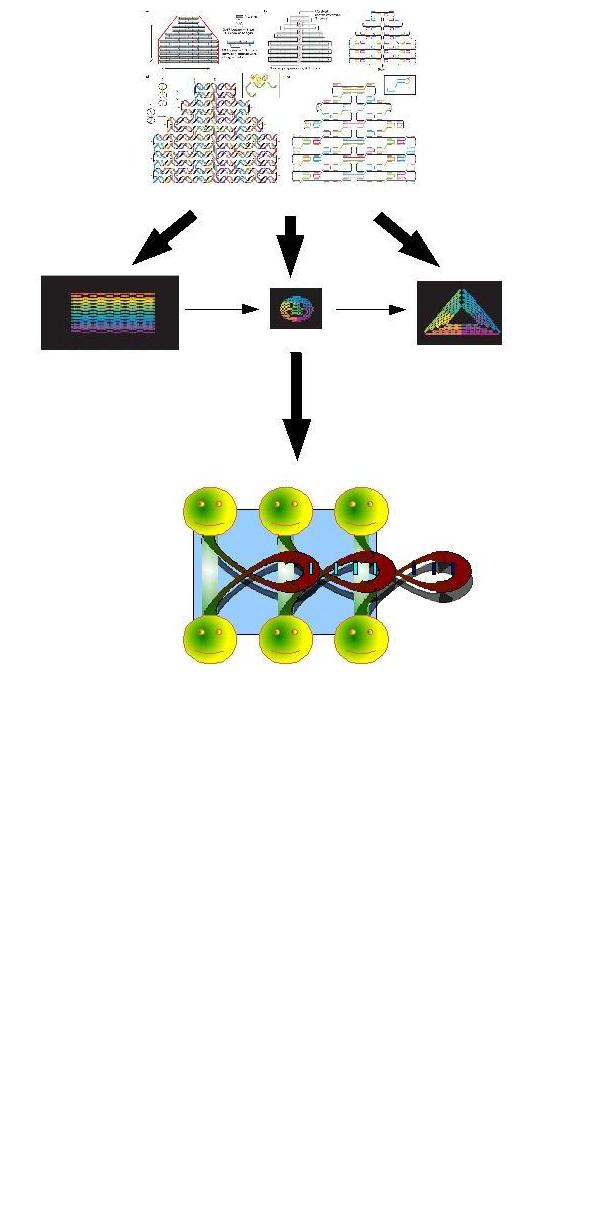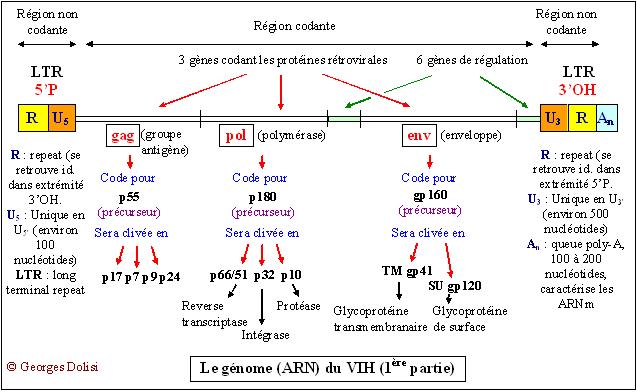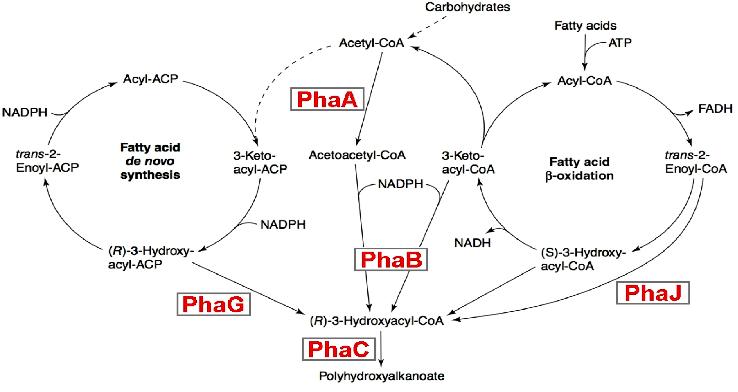Team:Paris/Perspectives
From 2008.igem.org
Biosynthetic Bottum-up approachThe field of artificial molecular machines and motors is growing at an astonishing rate and is attracting a great deal of interest in nanoscience . Research in the last decade has shown that species made of components like DNA or proteins are more attractive candidate . Our aims is to build by a bottom-up approched DNA nanocars that have the properties to produce energy in vitro. Our system is more efficient than a classic system because the FIFO order is very important the first part will assembled with part 2 and than with Part 3 if part 3 will attached to part 1 part 2 will not attached and the DNA car will be incomplete. Fig.1:biosynthesis by sequential expression of 3 DNA origami If we add in vitro,a complementary miRNA to the red regions the competition will delivered minimun ten time more energy than ATP biodegradation (winfree et.al) ,the instability of the miRNA may make this processe reversible. In conclusion,this kinds of DNA structures can be suitable reversible metastable DNA fuels and a new kind of cargo delivery machine . We can also produce a lot of differentes kinds of self-assembly structures like virus: Fig2: Biosynthesis by sequential expresssion of gag,env and P10 Metabolic engineering of polyhydroxyalkanoate biosynthesis pathwaysHuman overpopulation combined with the current lifestyle urges the rational, efficient, and sustainable use of natural resources to produce environmentally friendly plastic materials such as polyhydroxyalkanoic acids (PHAs), whose production/degradation cycle reduces undesirable wastes and emissions . Our study is a new metabolic strategy to generate PHA-hyperproducer strains, that have the properties to be a sequential metabolic pathway, we believe the sequentiel expression may increases the production of purified PHA . Our strategy consists on replacing the RFP,CFP and YFP genes by the PhaA ,PhaB and PhaC genes in our final system( containing oscillation,FIFO,synchronisation modules). This strategy is more efficient than a constitutive activation for 3 main reasons:
Bibliography |
 "
"



